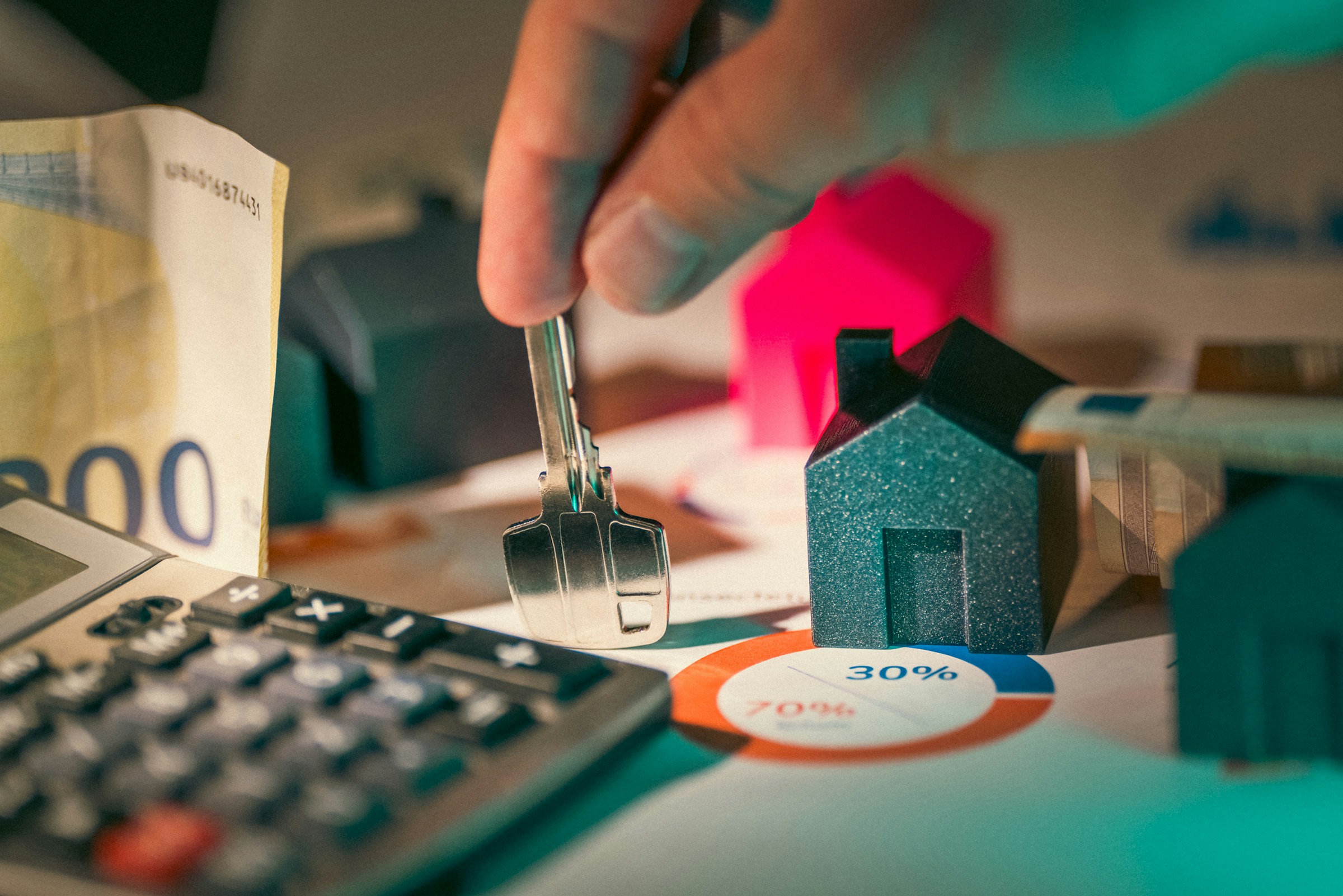For those of you considering breaking into the UK property market, understanding rental yield is crucial. It is a key measure of how a property investment is performing. Essentially, rental yield is the annual rental income as a percentage of the property’s purchase price. Knowing how to calculate and interpret this figure can help you make informed decisions about where, when, and what kind of property to buy. In this article, we will guide you through the process of calculating your potential return on investment.
Understanding Rental Yield
Before diving into the calculations, it’s important to have a clear understanding of what rental yield means. In simple terms, rental yield is the annual return on your property investment, expressed as a percentage of the property’s value. There are two types: gross yield and net yield.
Sujet a lire : How should UK property investors adjust to the changes in the buy-to-let mortgage interest tax relief?
Gross yield is the simplest form of yield to calculate. It is the total annual rental income divided by the property’s price, multiplied by 100. However, it does not take into account any costs associated with owning and maintaining the property.
Net yield, on the other hand, does take these costs into account. It includes factors like property management fees, maintenance costs, insurance, and mortgage interest. By considering these costs, net yield gives you a more accurate picture of your actual return on investment.
Dans le meme genre : How to identify and avoid property overvaluation traps in the UK market?
Understanding the distinction between these two types of yield is a crucial step in making wise investment decisions.
Calculating Gross Rental Yield
Calculating the gross rental yield on your property is a straightforward process. The formula is as follows:
Gross Rental Yield = (Annual Rental Income / Property Purchase Price) x 100
For example, let’s say you buy a property for £200,000 and rent it out for £1,000 per month. Your annual rental income would be £12,000. Plug these numbers into the formula, and you would get:
Gross Rental Yield = (12,000 / 200,000) x 100 = 6%
This means that if you don’t incur any costs, you will get a return of 6% on your investment each year.
Calculating Net Rental Yield
To calculate the net rental yield, you first need to determine your annual costs. These can include mortgage repayments, property management fees, insurance, repairs and maintenance, and any other expenses associated with the property.
Once you have calculated your annual costs, you subtract them from your annual rental income. Then, you divide this figure by the property’s purchase price and multiply by 100 to get your net rental yield.
The formula is as follows:
Net Rental Yield = ((Annual Rental Income – Annual Costs) / Property Purchase Price) x 100
For instance, if your annual costs total £2,000, using the same property example from above, you would calculate your net yield as follows:
Net Rental Yield = ((12,000 – 2,000) / 200,000) x 100 = 5%
This gives you a more realistic picture of your actual return on investment, taking into account the costs of owning and maintaining the property.
Evaluating Good Rental Yields
Now that you know how to calculate rental yields, how do you determine if a yield is good or not? In general, a good gross rental yield in the UK property market is considered to be around 5-8%, while a good net yield is around 4-5%.
Additionally, remember that property investment is not just about rental yield. Capital growth – the increase in your property’s value over time – is also a significant factor. Some properties may offer lower yields but have high potential for capital growth, which could yield a higher total return over the long term.
Maximizing Rental Yield
To maximize your rental yield, consider the location and type of property you buy. Properties in areas with high rental demand often generate higher yields. Similarly, certain types of properties, such as HMOs (Houses in Multiple Occupation), can command higher rents and thus yield higher returns.
Cost management is also key. By keeping your property maintenance costs low and ensuring your property stays rented, you can boost your net rental yield. Refinancing your mortgage can also help lower your costs and increase your yield.
Remember, the key to successful property investment is understanding and effectively managing your rental yield. By doing so, you will be well on your way to building a profitable property portfolio in the UK.
Using a Rental Yield Calculator
Working out the rental yield by hand each time you’re considering a new property investment might seem like a tedious task. Thankfully, there are rental yield calculators available that can do the hard work for you. These calculators are simple, easy-to-use tools that calculate both gross rental yield and net rental yield.
To use a rental yield calculator, you just need to input the necessary details. This typically includes the property purchase price and annual rental income to calculate the gross rental yield. For the net rental yield, you’ll also need to input expenses such as the annual costs related to property management, maintenance, insurance, and mortgage interest.
Rental yield calculators provide a quick and efficient way of determining the potential return on a property investment. They allow you to compare different properties and investment scenarios, helping you make informed decisions about where to invest your money.
However, while rental yield calculators can be incredibly useful, they should not be the only tool you use when making investment decisions. It’s also important to consider other factors such as local market trends, potential for capital growth, and your personal financial situation.
Risks and Considerations
Investing in rental property comes with its own unique set of risks and considerations that should not be overlooked. While rental yield is a key factor in determining the potential profitability of a property, it is not the only factor to consider.
For instance, there may be risks associated with property vacancies. If your property is not rented out, it will not generate any income, which can significantly impact your rental yield. Therefore, it’s important to invest in properties in high-demand areas where vacancies are less likely.
Furthermore, property investment is a long-term commitment. It’s not just about the initial purchase price, but also the ongoing costs of maintenance, insurance, and property management. These costs can add up over time and can even exceed the rental income, leading to a negative return on investment.
Additionally, property prices can fluctuate due to factors beyond your control, such as changes in the economy or local property market conditions. This could affect both your rental yield and capital growth. Therefore, it’s crucial to have a thorough understanding of the real estate market and to keep an eye on economic trends.
Conclusion
Understanding how to calculate rental yield is fundamental when investing in UK rental property. Whether it’s gross rental yield or net rental yield, these calculations provide a snapshot of your potential return on investment. However, remember that they are just one piece of the puzzle. Other factors such as capital growth, market trends, property location and type, and ongoing costs, also play significant roles.
To maximize your rental yield, focus on properties in high-demand areas and manage your costs efficiently. Use a rental yield calculator for quick and easy calculations, but don’t rely on it solely. Always consider the bigger picture and the potential risks involved.
Ultimately, successful property investment is about more than just numbers. It’s about understanding the market and making informed decisions. With careful planning and consideration, you can achieve a good rental yield and build a profitable property portfolio in the UK.











